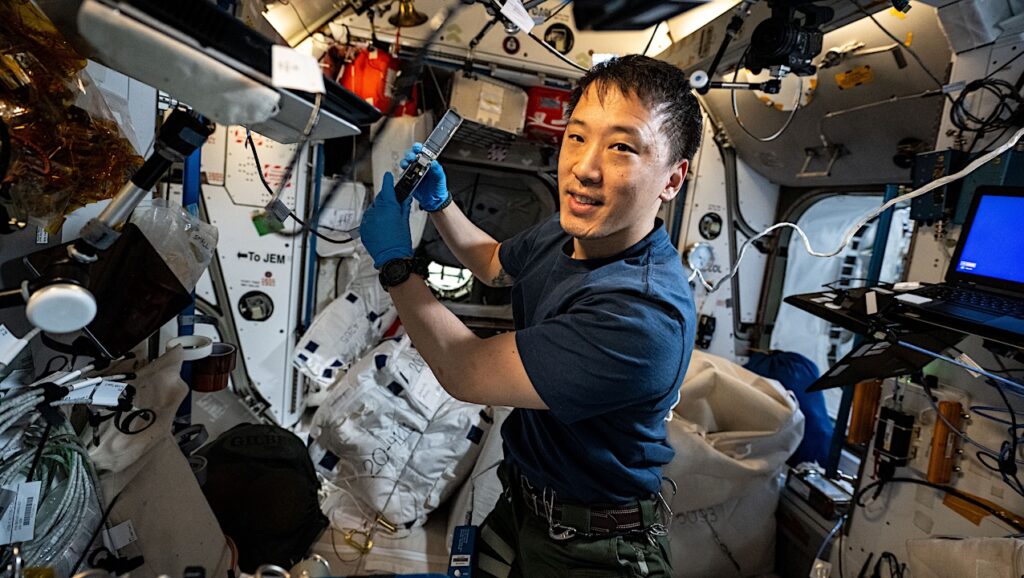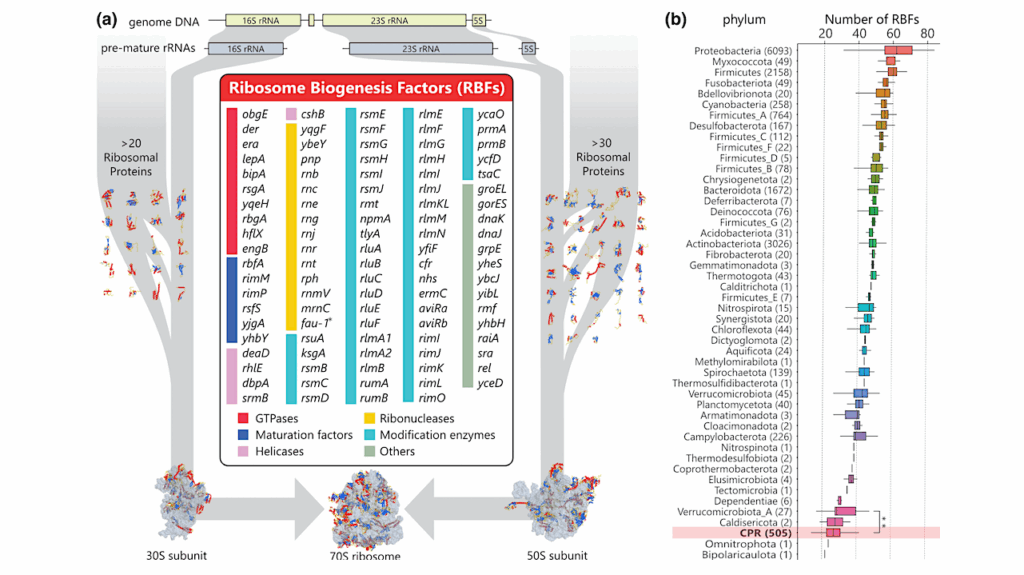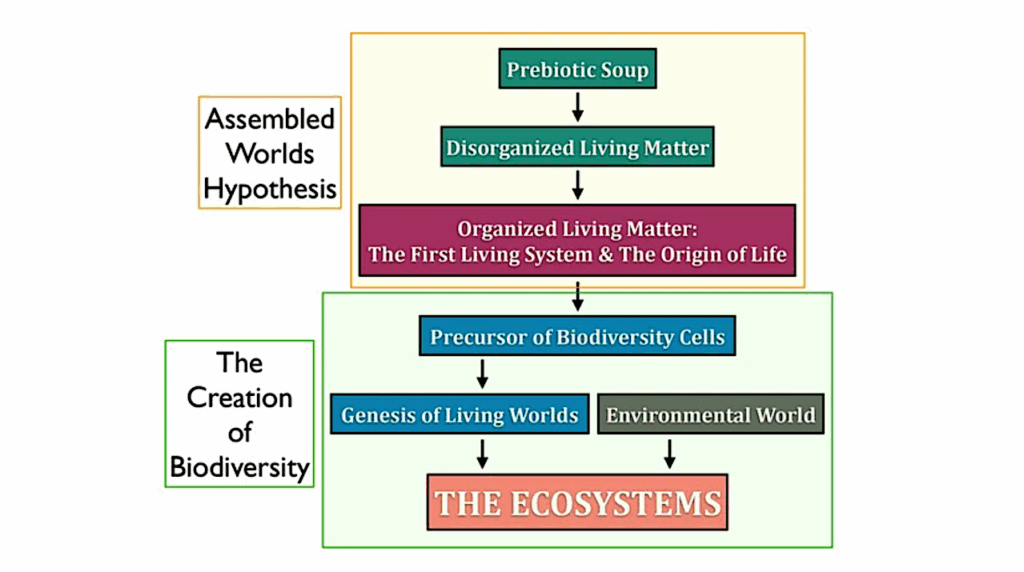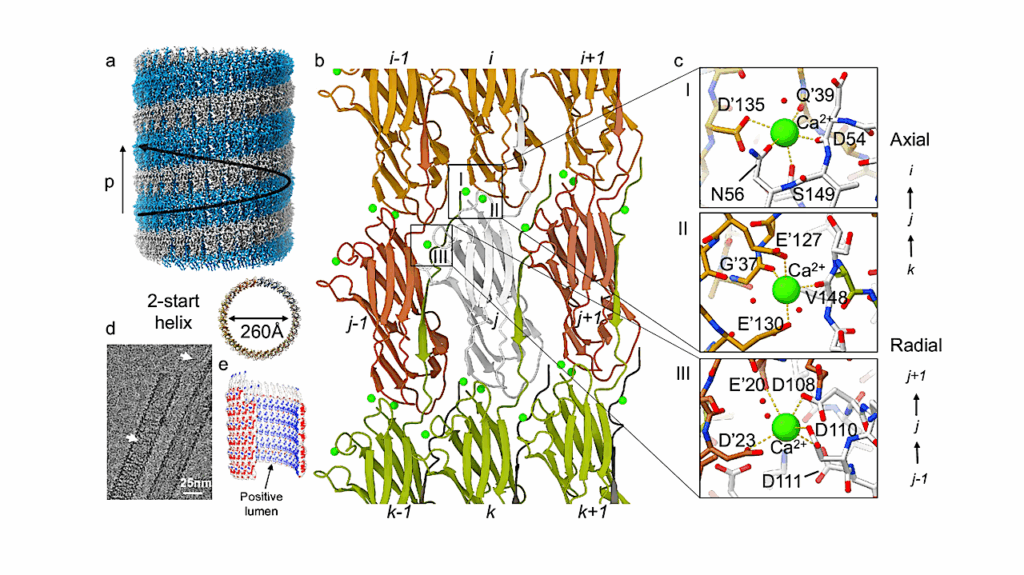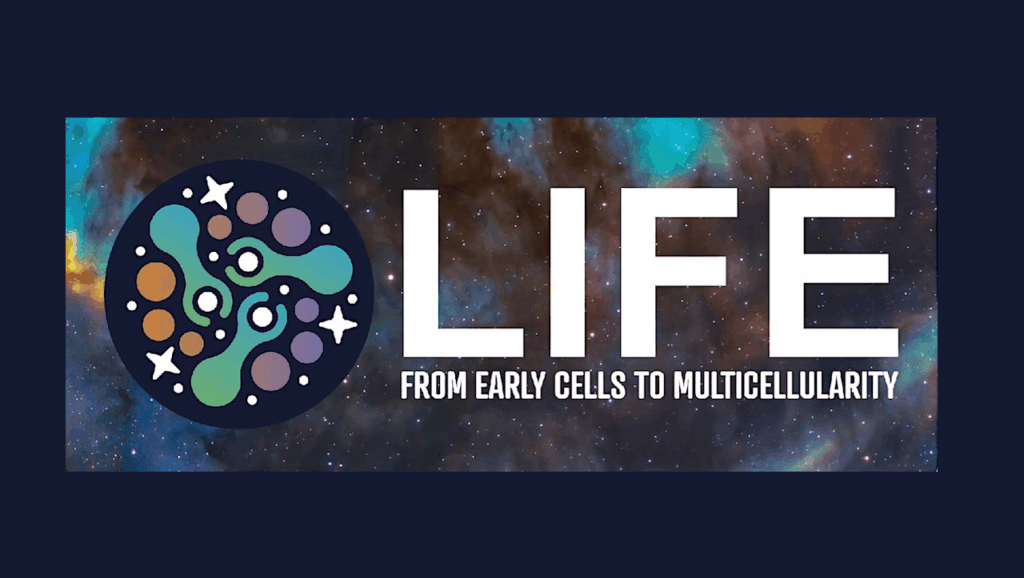A "Follow the Energy" Approach for Astrobiology
Astrobiology December 2007, 7(6): 819-823
http://www.liebertonline.com/doi/pdfplus/10.1089/ast.2007.0207
A key challenge in Astrobiology is to comprehend life and its interaction with the environment at a level sufficiently fundamental to embrace the alternative biochemistries that may be encountered in a search for life elsewhere (Baross et al., 2007).
Life on Earth presents us with a single (albeit highly diversified) biochemical model around which to build this comprehension. This model is extremely valuable in providing an empirical starting point for understanding metabolic potential and environmental tolerance, and as a continuing “reality check” on whatever generalized concepts of life may be developed. Reference to this single example, however, also carries the risk of narrowing our sense of possibility of leading us to define biochemistry, habitability, and biosignatures in terms so specific that they may exclude different forms of life.
The need for well-defined yet broadly applicable notions of habitability and biosignatures will become critical as astrobiological objectives are fac-tored increasingly into space missions.
The conception, parameterization, and instrumentation of these missions will require concrete determi- nations of where to look and what information to seek, and interpretation of the resultant data will require considerable plasticity in our conception of what constitutes evidence of life.


